Back to blog
How to Optimize Your Landing Page for Conversions in 8 Steps
Discover the best practices to optimize your landing page, enhance user experience, and boost conversions for better results.
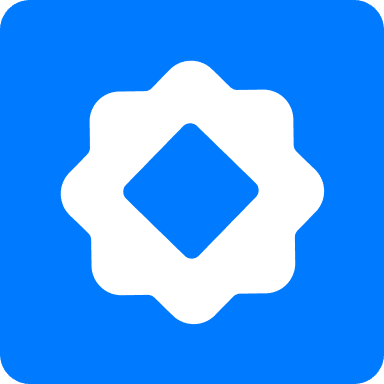
Mar 18 2025
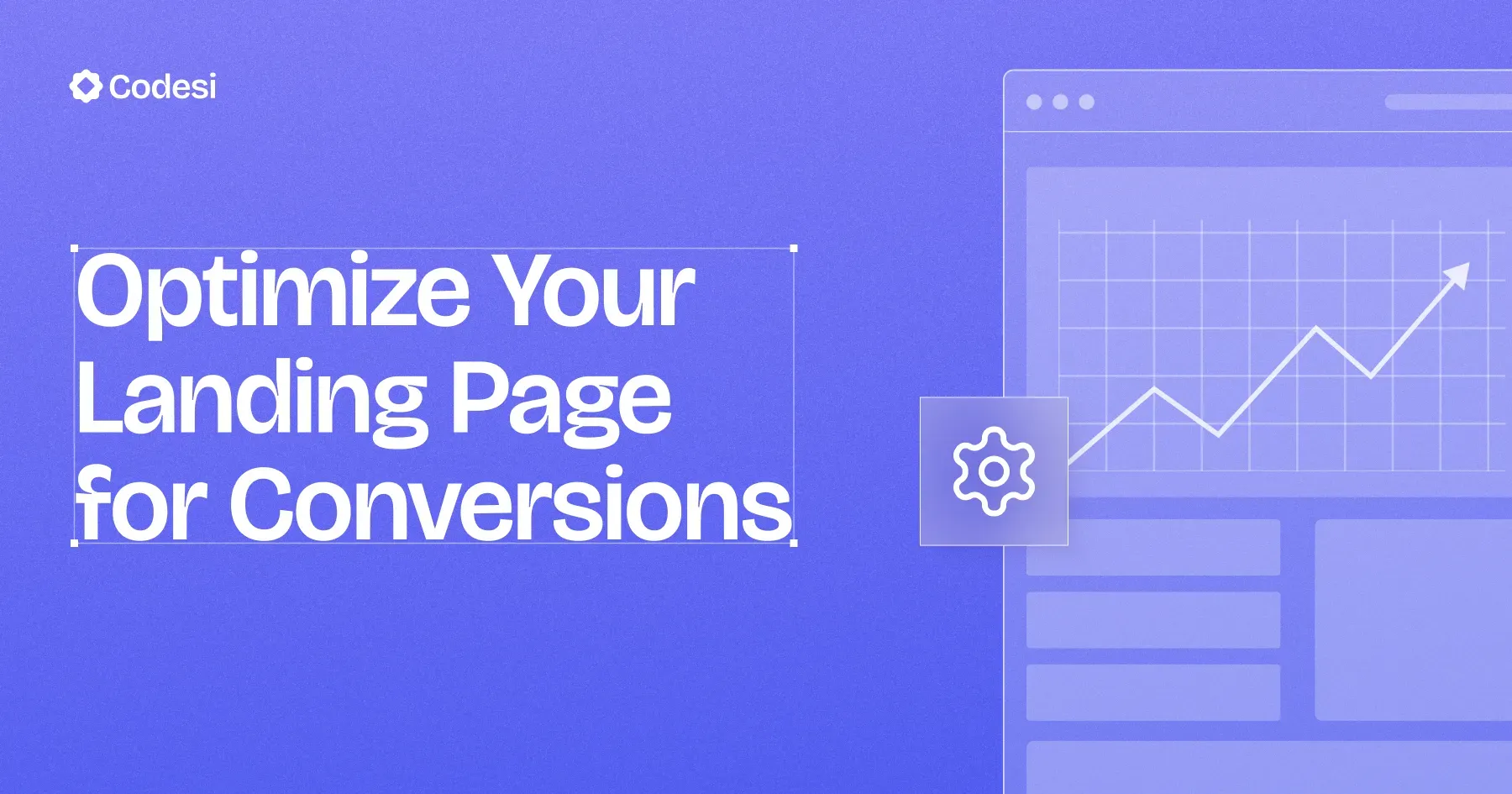
What's the secret to a landing page that converts like crazy?
Is it the perfect headline?
The irresistible offer?
Or something else?
The truth is, it's a combination of factors that guide visitors towards a desired action.
But how can you successfully combine those factors without overwhelming visitors?
Read on to learn how to optimize a landing page that captures leads and drives sales.
Let’s dive in!
What are The Key Benefits of Landing Page Optimization?
Optimized design and content can significantly enhance your marketing strategy, improve campaign performance, and provide a heap of additional benefits:
- Reduced cost per acquisition (CPA) and improved ROI since you can maximize conversions from existing traffic.
- Lower ad costs due to improved ad quality scores and higher conversion rates.
- Increased brand visibility and awareness because you can deliver targeted messages that align with specific campaigns.
How to Optimize a Landing Page with These 8 Top Practices
Landing page optimization involves several key aspects that help improve landing page performance and conversion rates.
1. Know More About Your Audience Than Just Basics
To effectively engage users on your landing page, it’s essential to grasp the various factors that motivate, convince, and ultimately persuade them to take action.
Understanding these elements is crucial for designing a landing page that not only attracts visitors but also encourages them to convert.
Emotional triggers are at the core of user motivation.
Recognizing the psychology behind what prompts visitors to act can significantly enhance the effectiveness of your landing page.
For example,
- feelings of urgency,
- fear of missing out (FOMO), and
- the appeal of exclusivity can drive users toward a decision.
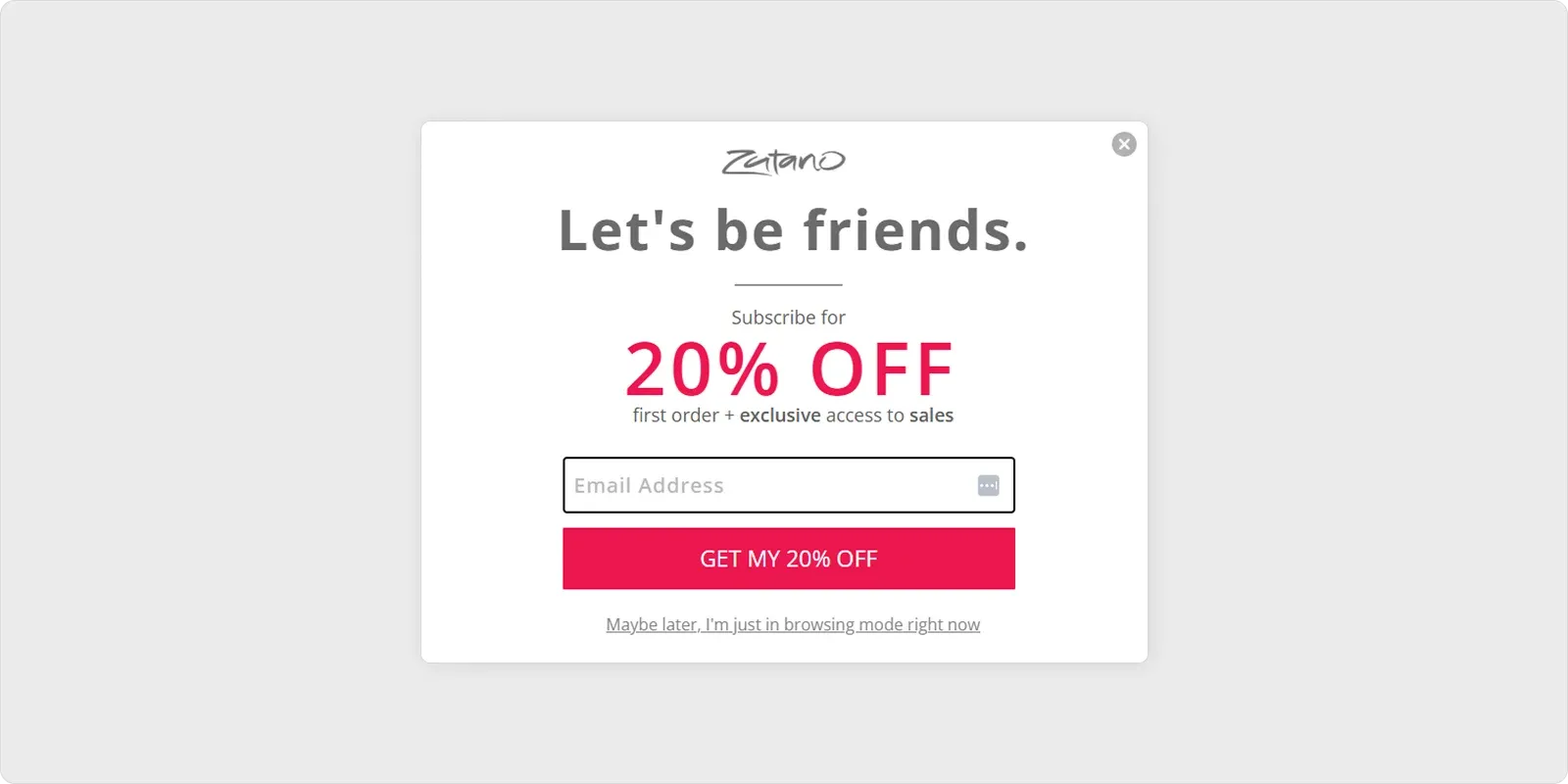
By incorporating bold CTAs or limited-time offers, you can create a sense of urgency that nudges visitors to act quickly.
2. Improve User Experience
In order to improve user experience, you need not only to know your audience but also to know which stage of their customer journey they are in.
This will hugely affect your optimization strategy because you must tailor your content and design to meet their specific needs at each stage.
1. Awareness Stage (TOFU)
- Educational Content: Provide introductory content that educates visitors about the pain points they have.
- Engaging Visuals: Use compelling visuals and storytelling to capture attention and create a memorable impression.
- Soft CTAs: Offer soft CTAs like "Learn More" or "Get Started" to encourage further exploration.
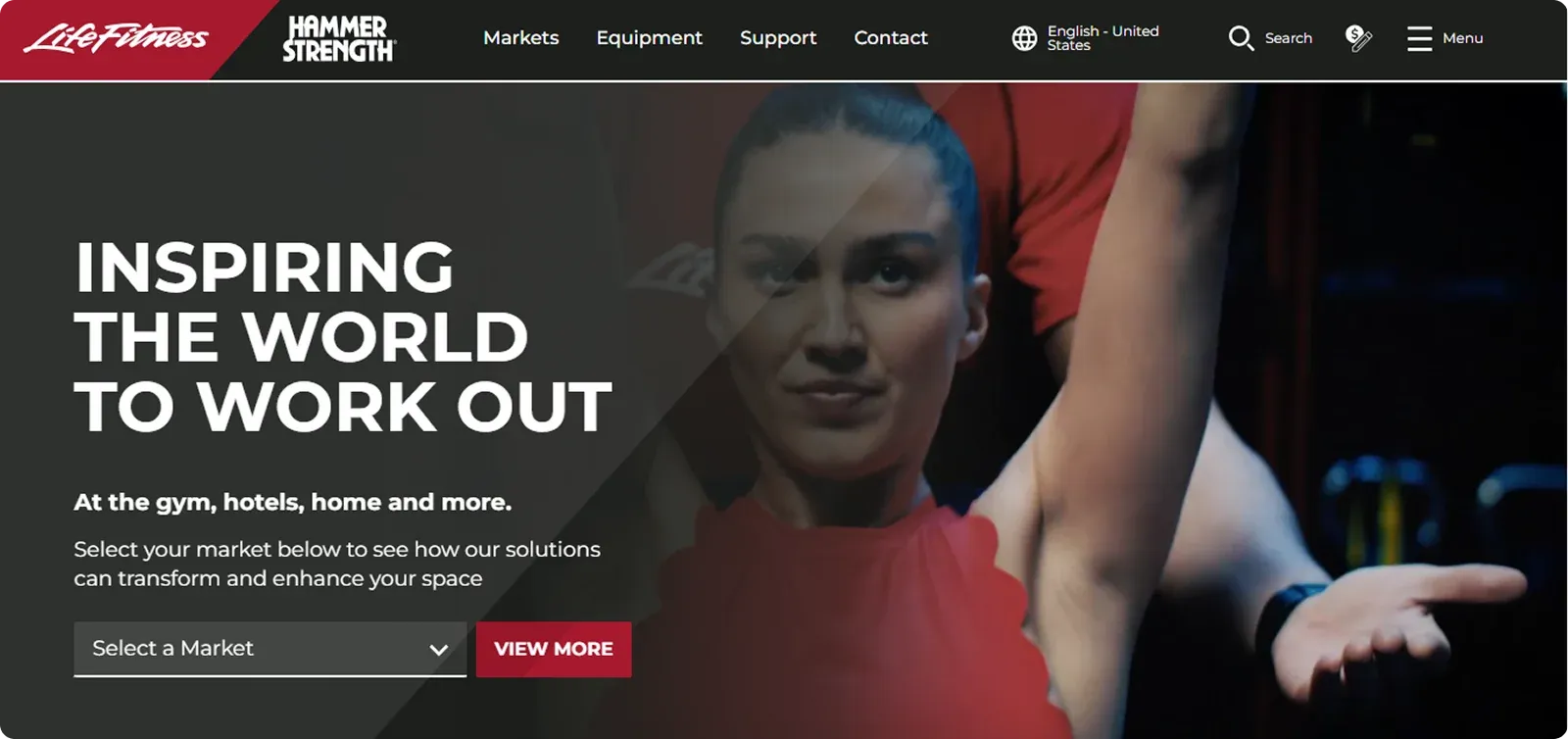
2. Solution Awareness Stage (MOFU)
- Value Proposition: Clearly articulate your unique value proposition and how it addresses the visitor's needs.
- Comparative Content: Offer content that compares your solution to others, highlighting its advantages.
- Webinars or Guides: Provide valuable resources like webinars or downloadable guides to build credibility.
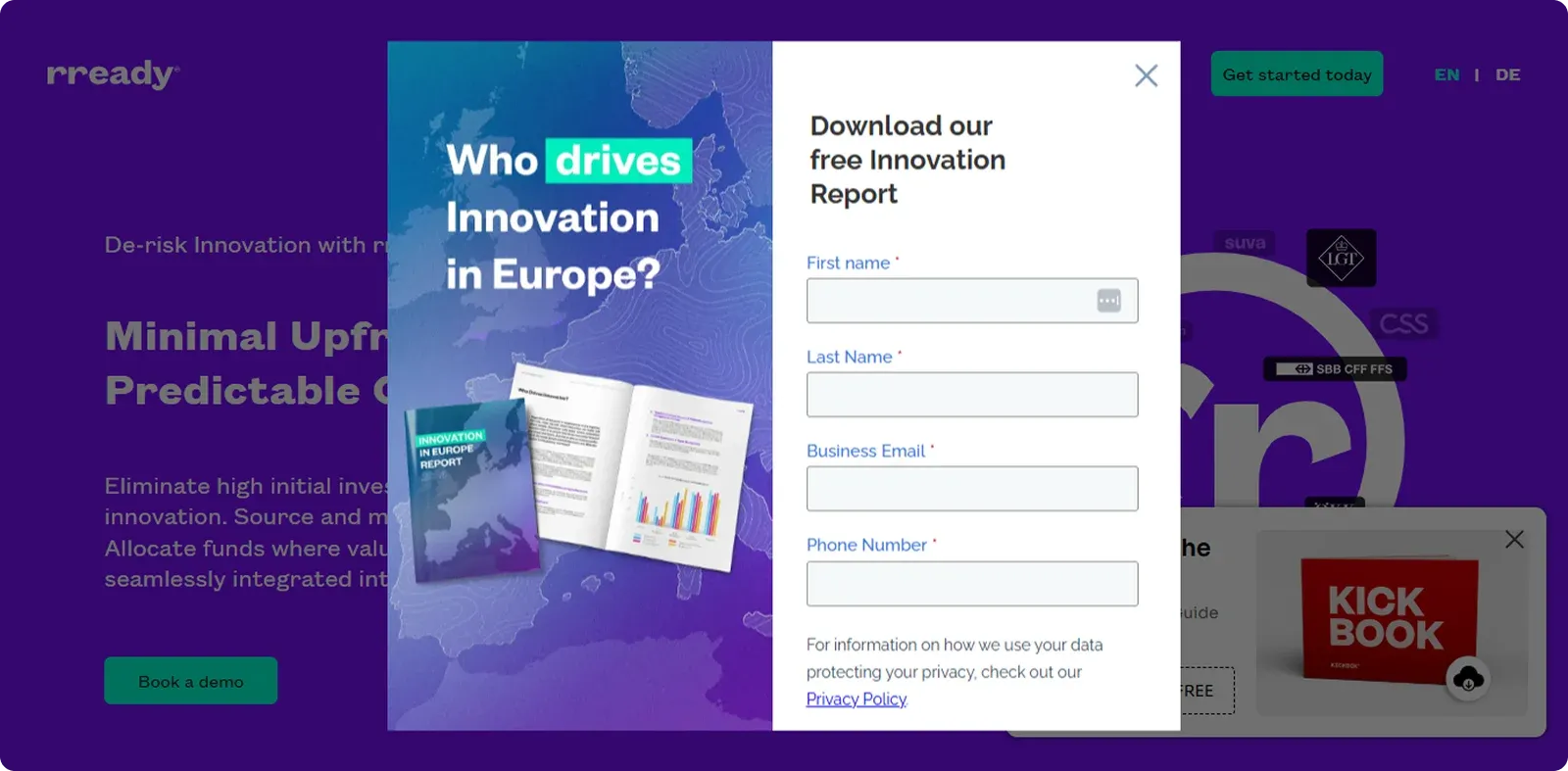
3. Consideration Stage (MOFU)
Social Proof: Use testimonials, case studies, and ratings to demonstrate credibility and trustworthiness.
Feature Comparisons: Offer detailed comparisons of features to help visitors evaluate options.
Free Trials or Demos: Provide opportunities for visitors to experience your product firsthand.

4. Purchase Stage (BOFU)
- Clear CTAs: Use prominent, action-oriented CTAs like "Buy Now" or "Sign Up."
- Trust Indicators: Display trust badges, security certifications, and clear return policies to alleviate concerns.

- Urgency Tactics: Employ scarcity tactics or limited-time offers to encourage immediate action.
💡 Worth Knowing
Tools like customer journey maps can help you understand pain points and areas for improvement.
Also, running A/B testing will help you identify which elements resonate best with visitors at each stage.
3. Adapt Content and Design Elements
You can find a more detailed view of this section in our blog, 10 Landing Page Best Practices To Know About, so feel free to dig in.
Still, we’ll go through the key elements.
3.1. Content Elements
The clarity of your message plays a pivotal role in persuading visitors.
When potential customers arrive at your landing page, they need to understand 2 things almost instantaneously:
- what you are offering, and
- why it matters to them.
Clear, concise language combined with compelling visuals can help your message resonate better with your audience.
Moreover, well-structured layouts with headings and subheadings will guide the visitors to key information, such as benefits and features, improving their overall experience.
As you’ve seen above, the customer journey dictates the type of CTA you’ll use. Nonetheless, regardless of the type, the CTA button should stand out and communicate the desired action.
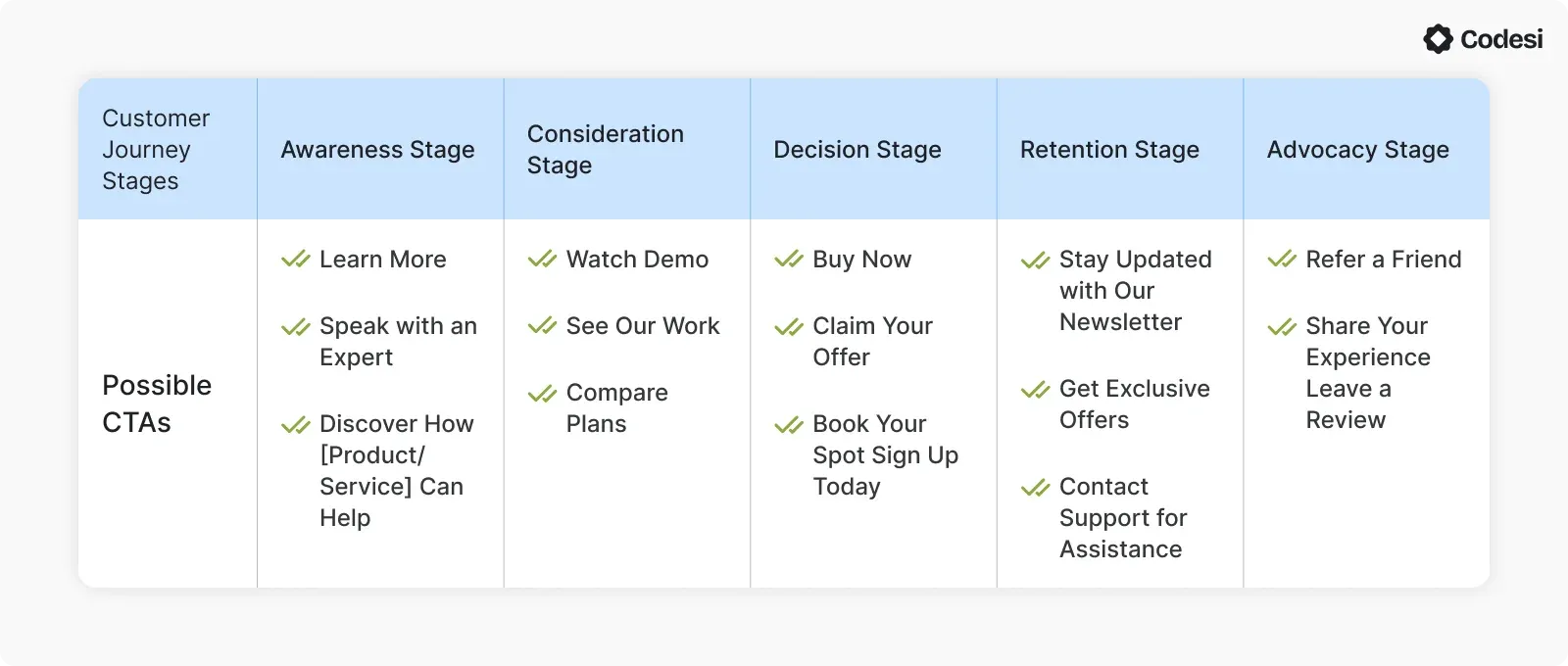
3.2. Visual Elements
Visual hierarchy and layout guide visitors' attention through the page, ensuring they focus on the most important elements and take the desired actions.
You should include branding elements like logo or brand colors to ensure consistency across the whole page and other marketing materials.
Why not try the following strategies?
- Use colors that stand out against the background to highlight important elements like CTAs or key messages.
- Stick to a few colors to avoid visual clutter and ensure a cohesive look.
- Balance elements with white space to guide visitors through the page and emphasize key content.
- Use high-quality visuals, product videos, carousels, or any imagery related to your brand and offer.
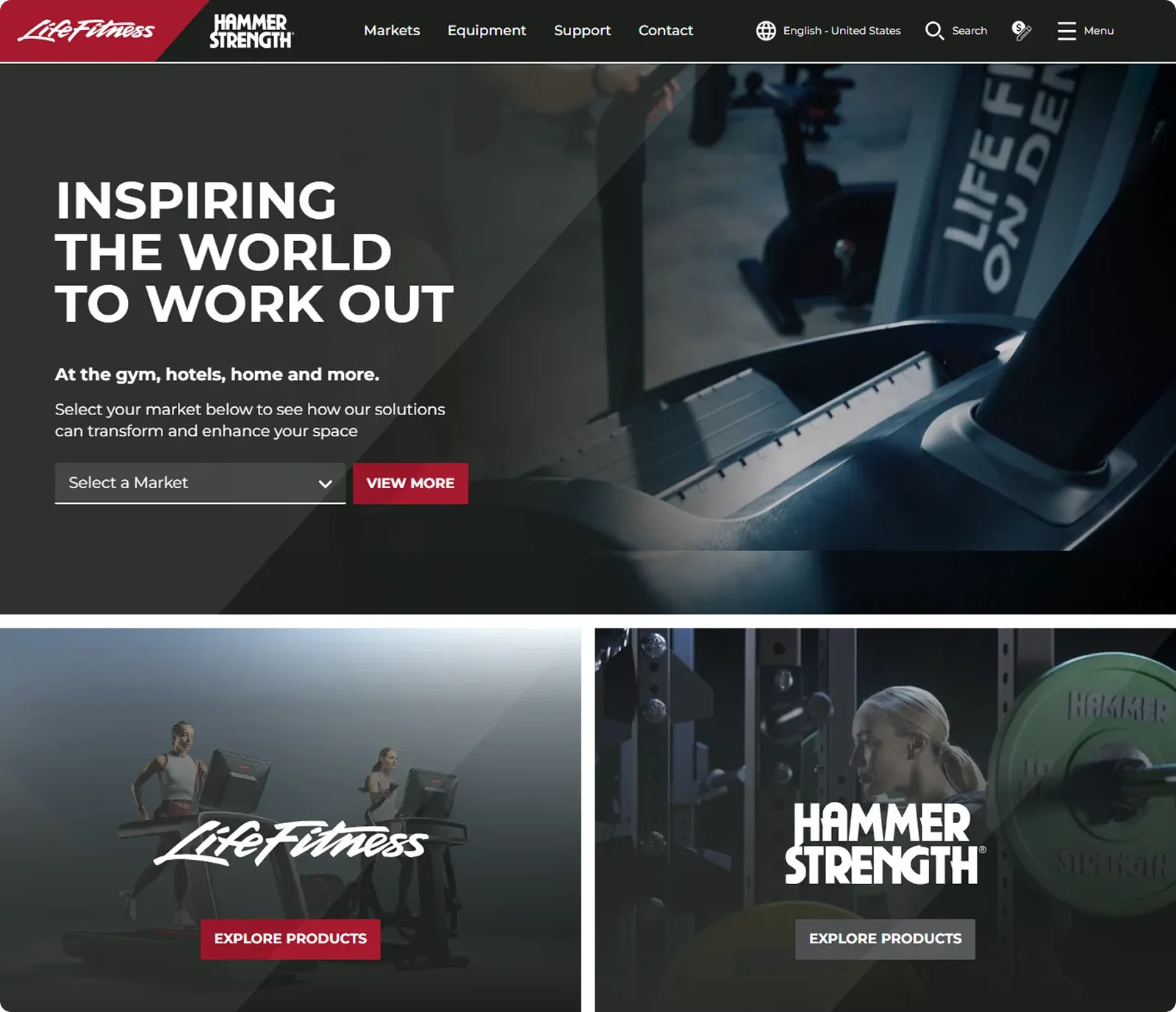
- Place related elements close together to create a clear visual connection.
- Use consistent design elements throughout the page to reinforce your brand identity and create a cohesive visual hierarchy.
💡 ProTip:
Codesi, an AI landing page builder, enables you not only to create a fully functional landing page with all the elements in under 10 minutes, based on a single prompt but also to generate:
- multiple logo variations, and
- high-quality visuals.
Regardless of your choice, you’ll get a tailored and unique product because it doesn’t rely on generic visuals and content.
All products are customizable, allowing you to change and adapt anything from the landing page sections and layout to visuals and logo elements such as:
- colors,
- fonts,
- slogans, and
- brand names.
4. Incorporate Social Proof
Social proof provides potential customers with reassurance and validation.
When visitors come across evidence that others have positively interacted with a product or service, they are more likely to feel confident to engage with your offering.
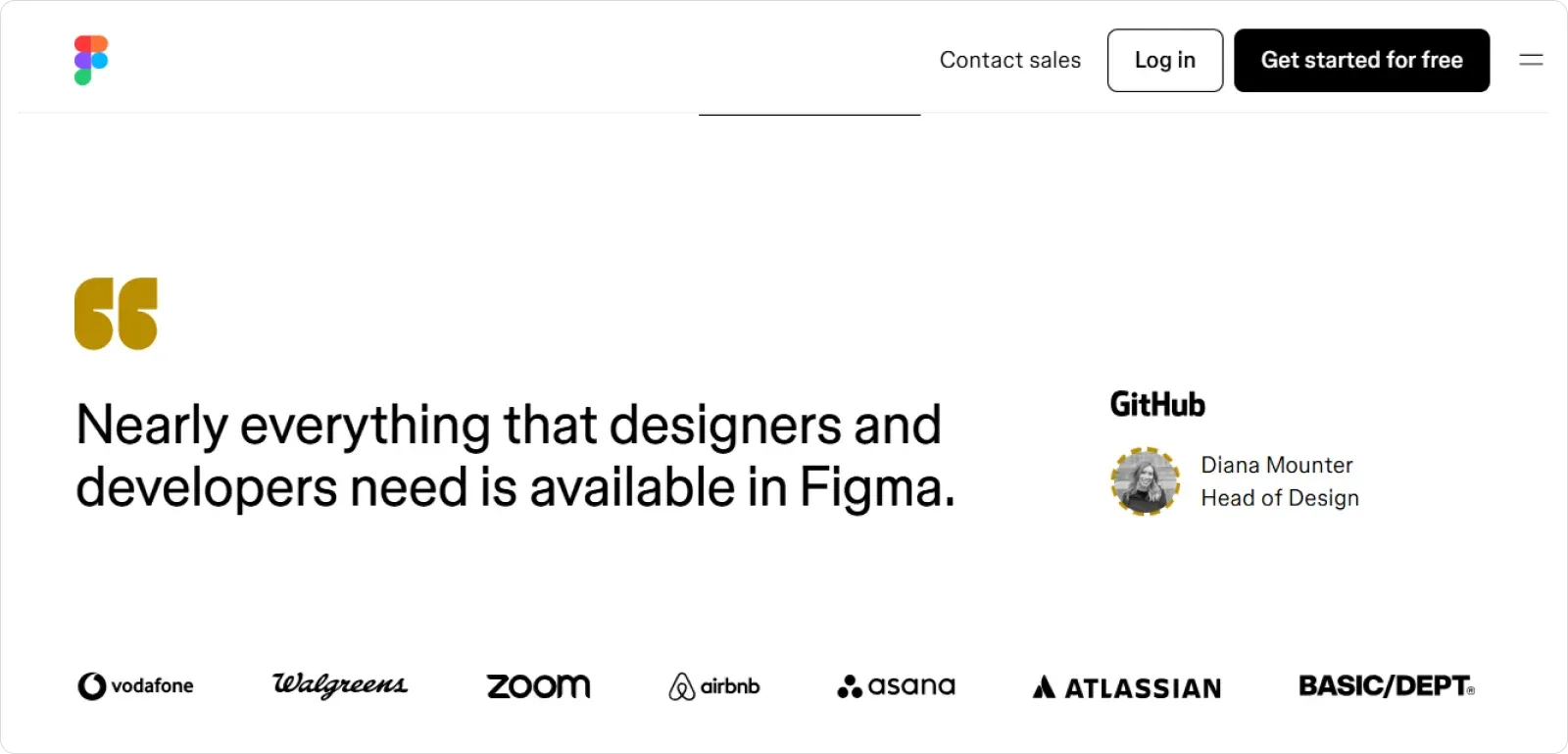
Incorporating elements of social proof on your landing page can take various forms, such as:
- displaying customer testimonials,
- showcasing customer logos
- including trust badges,
- providing case studies,
- highlighting user reviews or
- showcasing the number of satisfied customers who have already benefited from your product.
5. Reduce the Number of Actions on the Landing Page
When you present visitors with numerous choices, they may struggle to determine which action aligns best with their needs, leading to frustration and abandoning the page altogether.
Therefore, you should create a focused environment where visitors can easily identify and understand the desired action.
For example, you could:
- remove website navigation elements,
- minimize form fields or
- leave out other unnecessary functionality.
6. Minimize Page Load Time
Did you know that the optimal page load should be under 1 second?
The chance of bounce significantly increases after this time, 32%, if your landing page loads between 1-3 seconds.
Optimizing images is one of the most effective strategies to minimize page load time. High-resolution images can significantly slow down a website if they aren’t properly compressed or scaled to the appropriate size.
- You can use image formats such as JPEG for photographs and PNG for graphics with fewer colors to balance quality and file size.
- Another important aspect is to have a responsive design that has resolutions matching the user’s device. This significantly contributes to improving loading times without sacrificing visual quality.
From a more technical and SEO perspective, you can apply the following strategies:
- Removing unnecessary characters, such as spaces, comments, and line breaks, reduces file sizes, leading to quicker data transfers.
- Using browser caching that stores certain webpage elements in the user's browser so they don’t need to be downloaded again on new visits.
- Leveraging Content Delivery Networks (CDNs) that distribute website content across multiple servers globally so users can access the nearest server.
7. Provide a Valuable Incentive on Your Landing Page
The core principle here is quid pro quo: you provide something valuable to your potential customer in exchange for their contact information.
This is a much more effective way to generate leads than simply asking for their information without offering anything in return.
The valuable incentive you offer must address your customers’ needs and pain points. The more relevant and helpful it is, the more likely people will be to provide their information.
Check these practical lead magnet ideas:
- Ebooks and Guides: In-depth guides on a specific topic related to your industry.
- Checklists: Actionable checklists that help users achieve a specific goal.
- Templates: Ready-to-use templates for various tasks
- Webinars: Live or recorded online presentations that provide valuable insights and education.
- Case Studies: Real-world examples of how your product or service has helped other customers.
- Free Trials or Demos: Let potential customers experience your product or service firsthand.
- Free Tools or Calculators: Offer a simple tool that helps users solve a specific problem.
- Quizzes and Assessments: Interactive quizzes that provide personalized recommendations or insights.
- Discount Codes and Coupons: Offer a discount on your product or service.
- Free Consultation and Assessment: Provide a free consultation or assessment to help potential customers identify their needs and how you can help.
- Industry Reports and Statistics: Compile and share valuable industry data and insights.
8. Keep Monitoring Your Landing Page Performance
Regularly A/B test different elements to identify which variations perform better and keep your content fresh and up-to-date.
Also, track key metrics such as time on page, bounce rates, and conversion rates to analyze visitor interaction and identify areas for improvement.
This way, you can optimize your landing page to meet your business goals.
💡 ProTip:
Codesi enables you to connect Google Analytics and Yandex to track traffic and conversions to your landing page so you can adjust your strategies for better performance.
How to Optimize a Landing Page: A Quick Checklist
Before we wrap things up, here’s a quick recap of LPO’s best practices.
✅ Use Clear and Focused Messaging
✅ Simplify Design and Navigation
✅ Use Compelling Visuals
✅ Build Trust and Credibility via Social Proof
✅ Optimize for Mobile
✅ Test and Monitor Performance Continuously.
How Can Codesi Help You Optimize a Landing Page?
Codesi is a robust AI-powered solution that enables you to create fully functional websites, landing pages, logos, and visuals based solely on your text prompt.
All in under 10 minutes.
Thus, not only do you get a tailored and personalized product, but you get all the customizable elements, from the layout and structure to the design.
You can:
- Play with the elements, rearrange them, and choose which website blocks you want to use.
- Delete the blocks you no longer want.
- Apply color changes to the website.
- Change the wording and images, etc.
- Refine your strategy thanks to Google Analytics and Yandex integrations.
Want to see Codesi in action?
Start with Codesi for free to make a killer impression with your landing page while converting visitors into leads.
Keep Learning
How to Make a Landing Page for Affiliate Marketing in 10 Steps
Create your website with AI today
Codesi is a platform where you can make a website in 3 minutes.
No coding, no designers, no hassle - just AI.
